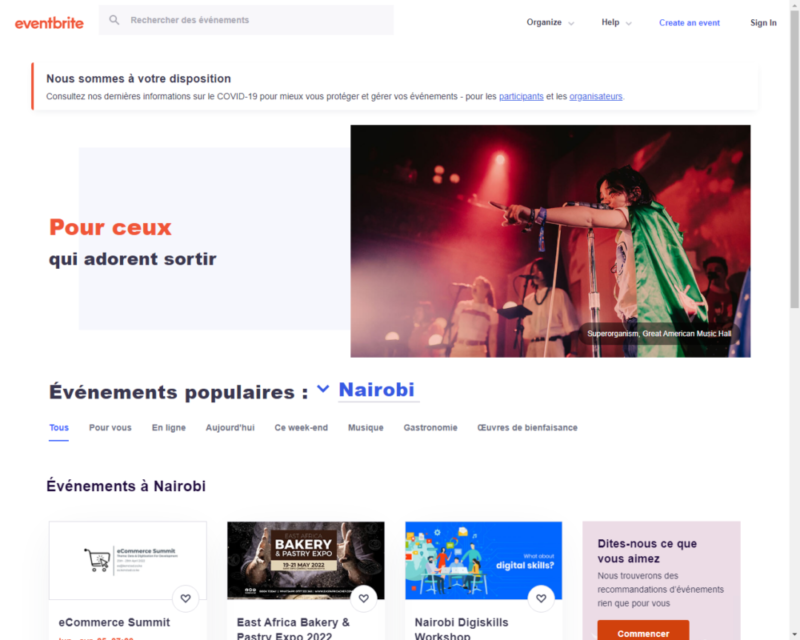
Brand Localization: 6 Steps to Make your Brand More Appealing to Global Audiences
One of the things that ambitious entrepreneurs and business owners think about a lot is brand localization. If you’re looking to expand your global awareness, you will need to think about adapting your brand message, assets, and products to your new target audience.
Without a good localization strategy, it’ll be hard for your brand to succeed on a global stage. Properly executed localization strategies will prevent one from sounding out of place or out of touch and ensure they aren’t breaking any local rules and regulations.
Here are 6 very common stakes to take for great brand localization!
1. Research Your Target Audience
Before you start to localize your business, you’ll need first to do some due diligence on your part and conduct some research into your new target audience. This typically includes understanding your new target audience’s cultural values and norms and their demographic and linguistic characteristics.
What language does the new audience speak? What cultural references will they comprehend? How do they like buying their products and services? You need to consider these things before starting to localize a brand and go global with awareness.
Your research needs to be as narrowed down as possible. So, if you’re planning to reach China, for example, your research should be about China and the Chinese market, not just Asia in general.
Once you have quality international leads, you can start engaging with them. As you do this, start to collect as much demographic information as you possibly can:
- Primary language
- Age
- Education level
- Industry and position
- Country
- Preferred social media platforms
After you’re through with research, think about which parts of the world will offer the best return on investment and find out what they speak in those locations.
2. Consider Localized Pricing
The next thing you need to think about is localized pricing. What will you charge in this new market? Quality brand localization strategies go beyond just marketing. You’ll need to develop localization business strategies and use localization tools to adapt operations to all new target markets.
There are two types of localized pricing.
- Cosmetic localization: This is the straightforward process of ensuring potential customers see prices and charges in their own currency.
- True localization: This is where you charge prices that are based on each target market’s willingness to pay.
You should also consider the economic space the average consumer occupies. What is the purchasing power of the average customer? How’s your competition pricing their products and services? These are two very important questions you need to ask yourself.
A strong ecommerce website can get better market penetration if they develop good localized pricing strategies.
3. Opt for Local Resources
Once you have some idea of how you’ll price your offerings, consider using local resources to help achieve your goals. Who knows a particular culture better than the locals who live by it? Utilize local expertise from your new target markets, whether via in-country partnerships, local agencies, or local staff. Get localization tools that will help the whole localization team.
Doing this will help ensure you get the most localized, authentic experience for your users. In fact, this might just be arguably the most critical part of any localization strategy. The “local” in localization is very critical and shouldn’t be overlooked.
If you are going to translate your marketing and website materials into other languages, ensure to use local translators who are familiar with the different cultures as well as the different languages. Good translators will make sure your messages sound natural while still keeping the original text’s meaning.
4. Use the Right Tools
After you identify which local resources you’re going to use, figure out the right tools for the job. There are many different great tools available to help with your localization processes. For example, a senior project manager would benefit greatly from translation software because it will make communication easier.
Eventbrite saves a lot of engineering time by utilizing Transifex’s API to translate its content. Eventbrite integrates with the API and automates all its translation processes, from publishing to translation to content detection.
If you want to reach a global audience, you’ll need to adopt a whole different worldview. You might need to change how you go about everyday activities. Some locations might have connectivity problems, cultural habits that reflect in the tech they like or they might use the internet differently from what you understand.
For example, some countries have people who prefer to use their mobile devices to go online and shop. Some of these countries usually have less-reliable internet connections. So, in these scenarios, you might want to use PWAs (progressive web apps) that can save user actions despite unstable or slow internet connectivity.
5. Be Mindful of Cultural Differences
Make sure that the content you put out is valuable and relevant to the consumers in that particular market and minds the cultures they live by. Don’t use “one size fits all” brand messages because they’ll resonate with groups differently, and the outcome won’t always be positive.
For example, KFC has done a lot to understand the market in China and what localizes well. Their menu provides a wide array of Chinese-inspired meal options that cater specifically to the locals. They also use Mandarin in their marketing materials, from online campaigns to TV adverts.
Besides translating your marketing and website materials into another language, consider using different marketing frameworks and developing localized content specifically designed for your new target audience. This could be social media updates, blog posts, or even your video content.
6. Use Local Marketing Channels
Lastly, consider using local marketing platforms and channels to reach your new target audience after creating localized content. This can include sponsoring local events or running ads in local newspapers and/or magazines.
You can also consider participating in local events and activities specific to your new target market. This will help encourage stronger customer relationships with people from those parts and improve the likelihood of becoming regular customers. Goodwill is critical when it comes to localization.
Social media is also a great way to put out localized content because it allows you to target specific markets easily and ensure that your brand messages are relevant to them. Don’t forget to translate your posts into the appropriate languages so that the audience can understand.
Final Thoughts
The most important thing about brand localization is to ensure you always provide the best customer experience possible in all the target markets. This includes ensuring your website can be read and understood by locals easily. You might also want to consider offering your new clientele great deals and discounts too.
With that said, it’ll be hard to expand global awareness without first researching your target audience extensively and then localizing your pricing. Without these two steps, your efforts will have a rocky foundation.
Lastly, no matter what localization strategy you go with, always be culturally relevant and sensitive to your new target audiences. Hopefully, this article helps show why.
This article is a contribution from Jimmy Rodriguez, Shift4Shop.
Related posts
Localization And Global Expansion: How To Grow your Brand
Top Localization Strategy Examples to Visualize Global Growth










